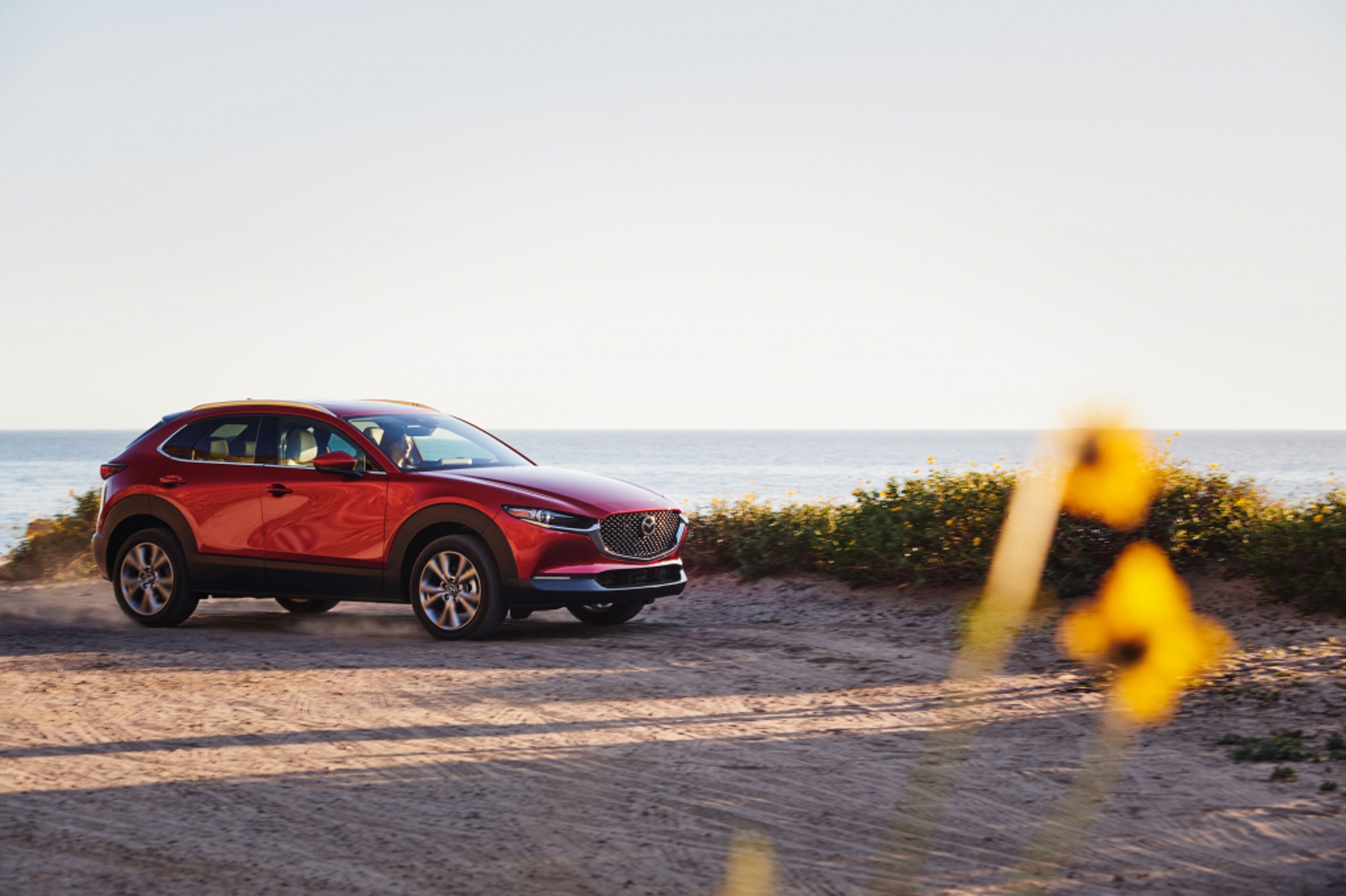What Is a Subcompact SUV?
The smallest of crossovers offer budget-conscious shoppers the tall, upright body style that so many crave.
 Kia
Kia
Appealing to America’s love for larger, taller, higher-riding vehicles, many automakers replaced the small cars in their lineups with subcompact SUVs, which are also known as subcompact crossovers. Most models offer all-wheel drive and use a small-displacement engine and/or a continuously variable transmission to keep fuel consumption low. The cabins aren’t very large, but shoppers flock to these vehicles anyway for their versatility, capability, and competitive pricing.
Which Brands Sell Subcompact SUVs?
There are more than 20 subcompact SUVs on the market — every mainstream auto manufacturer sells at least one. Some brands even have multiple models to fit different budgets and needs. For example, Chevrolet offers both the Trax and the more rugged-looking Trailblazer, while Hyundai has the budget-friendly Venue as well as the more premium and engaging Kona. Nissan sells the small and affordable Kicks in addition to the more family-oriented Rogue Sport, and Toyota’s stylish C-HR is about the same size and price as its Corolla Cross. The Honda HR-V, Subaru Crosstrek, Hyundai Kona, and Toyota Corolla Cross are the best selling models in the segment.
 Mazda
Mazda
How Much Does a Subcompact SUV Cost?
Given the vast number and varying missions of subcompact SUVs, it makes sense that the class would have a wide spectrum of prices. The cheapest option is the $20,245 Hyundai Venue, followed closely by the sub-$21,000 Kia Soul and Nissan Kicks. Most other subcompacts open below $25,000, while fully loaded models will go into $30,000 territory. For instance, the most powerful Mazda CX-30, with the optional 250-horsepower turbocharged four, requires at least $31,425, while the performance-oriented Hyundai Kona N demands $35,445.
How Big Is a Subcompact SUV?
Lengthwise, the subcompact-SUV class starts with the miniscule 159.1-inch Hyundai Venue and stretches to the 176.5-inch Subaru Crosstrek. But exterior size tells only part of the story, as every automaker divides that space differently. The Crosstrek, for example, provides between 15 and 20 cu. ft. of cargo volume behind the rear seats (depending on its powertrain), while the Venue offers 18. And neither is an extreme. On the high end for storage space, the Volkswagen Taos swallows 28 cu. ft. of stuff, though the Kia Seltos isn’t far behind, with 27. The Fiat 500X sits at the low end, with 14 cu. ft. And in some vehicles, like the Rogue Sport and Honda HR-V, adding optional all-wheel drive sacrifices a bit of grocery-hauling capacity.
What Kind of Fuel Economy Does a Subcompact SUV Get?
In combined driving, front-drive gas-only subcompact SUVs return between 26 mpg (for the Fiat 500X) and 33 mpg (for the Nissan Kicks). Choosing all-wheel drive, where applicable, will likely knock off a point or two from your subcompact’s fuel economy. As you’d expect, the electric versions of the Kia Niro and Hyundai Kona score much higher Environmental Protection Agency (EPA) efficiency ratings than the internal-combustion crowd, as do the hybridized variants of the Niro and Subaru Crosstrek. The 23-mpg Hyundai Kona N trades fuel economy for lively performance.
Written by humans.
Edited by humans.
 Sami Haj-Assaad
Sami Haj-AssaadSami Haj-Assaad is an award-winning automotive journalist who has contributed to several automotive, electric vehicle, luxury lifestyle, and technology publications. His work isn't just limited to the written word, as he's also hosted YouTube videos and podcasts. Having grown up in the '90s, he has a strong sense of attachment to that era's style, though he also loves to geek out about the modern, futuristic tech and powertrains rolling out today.
Related articles
View more related articles